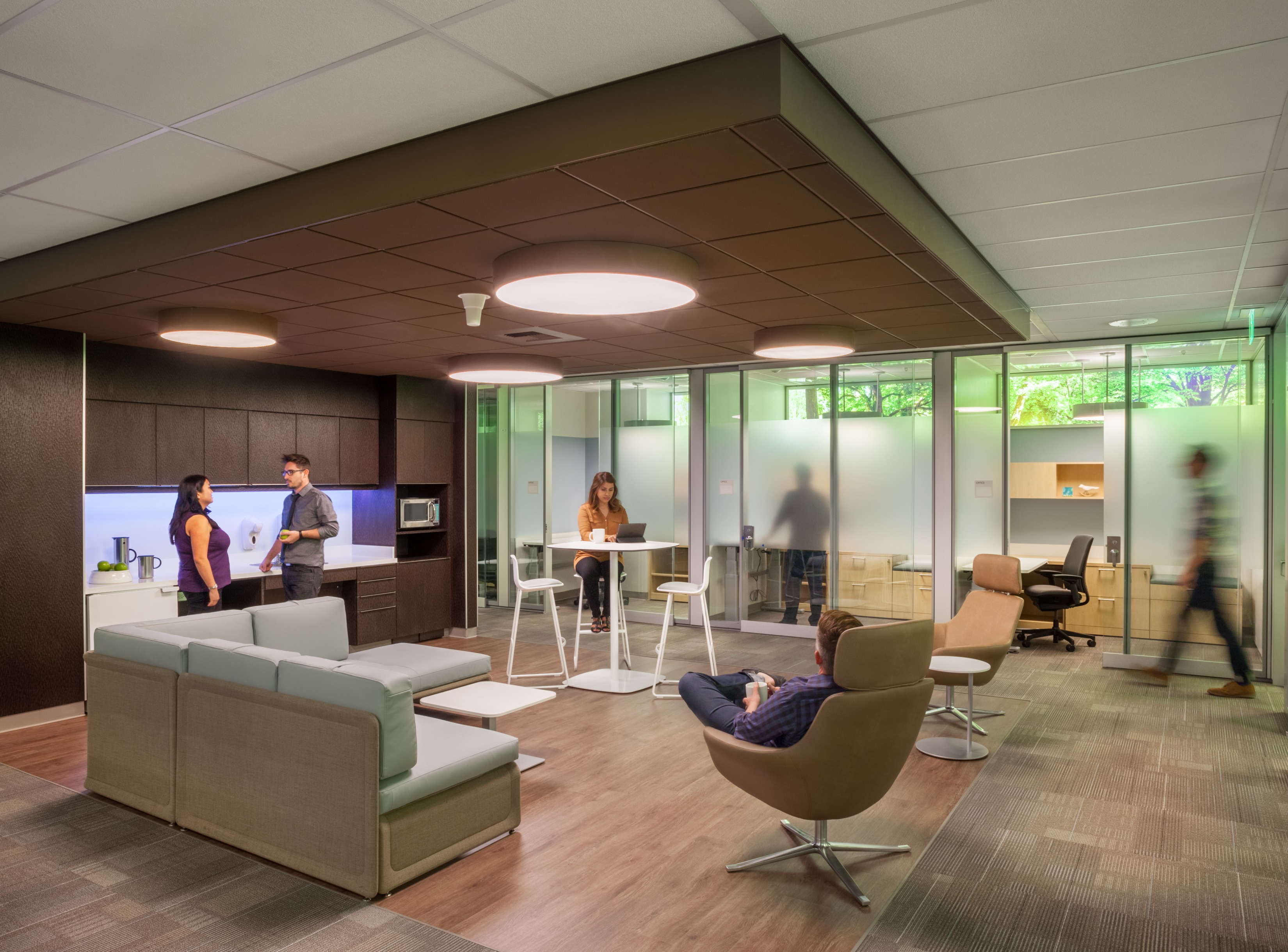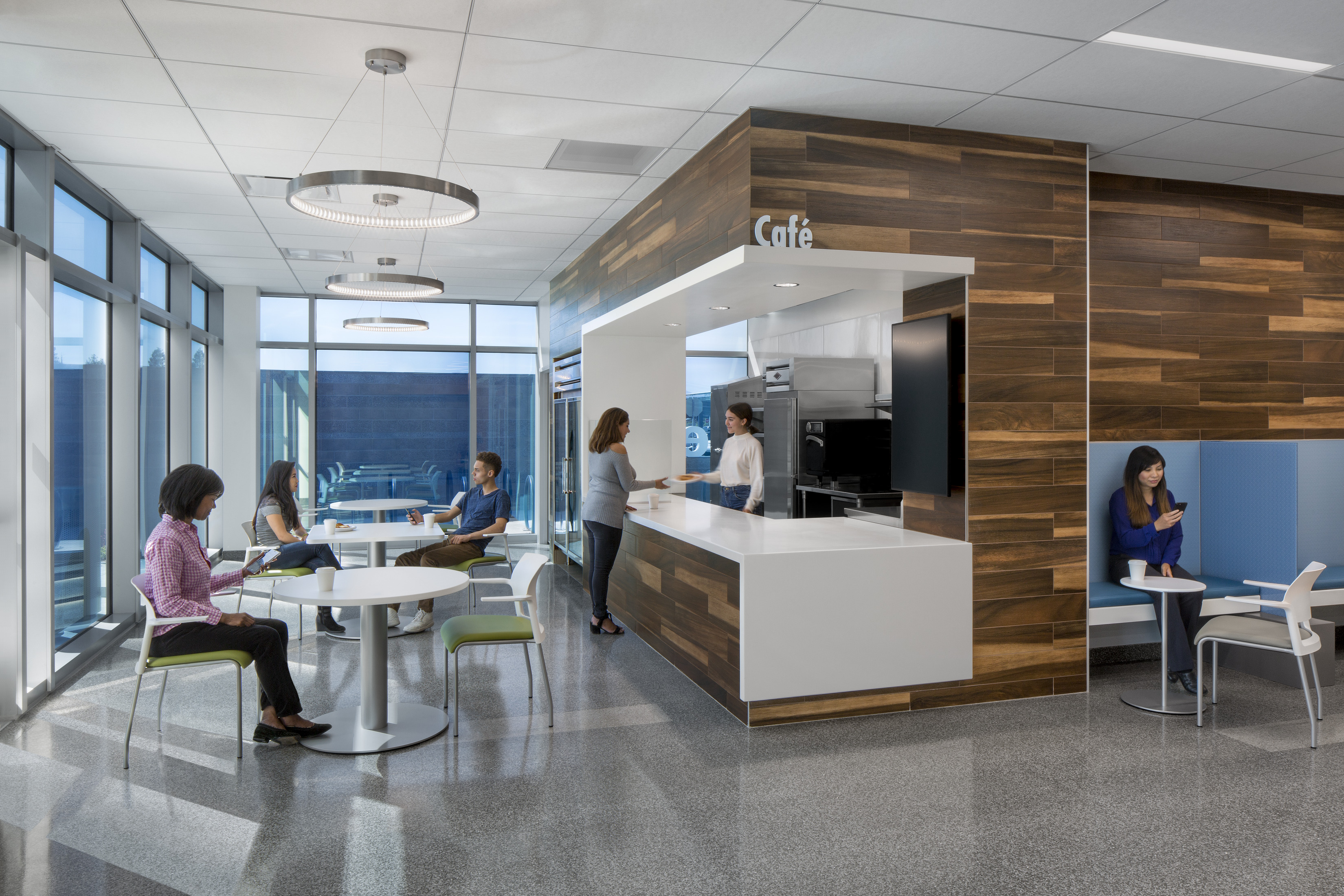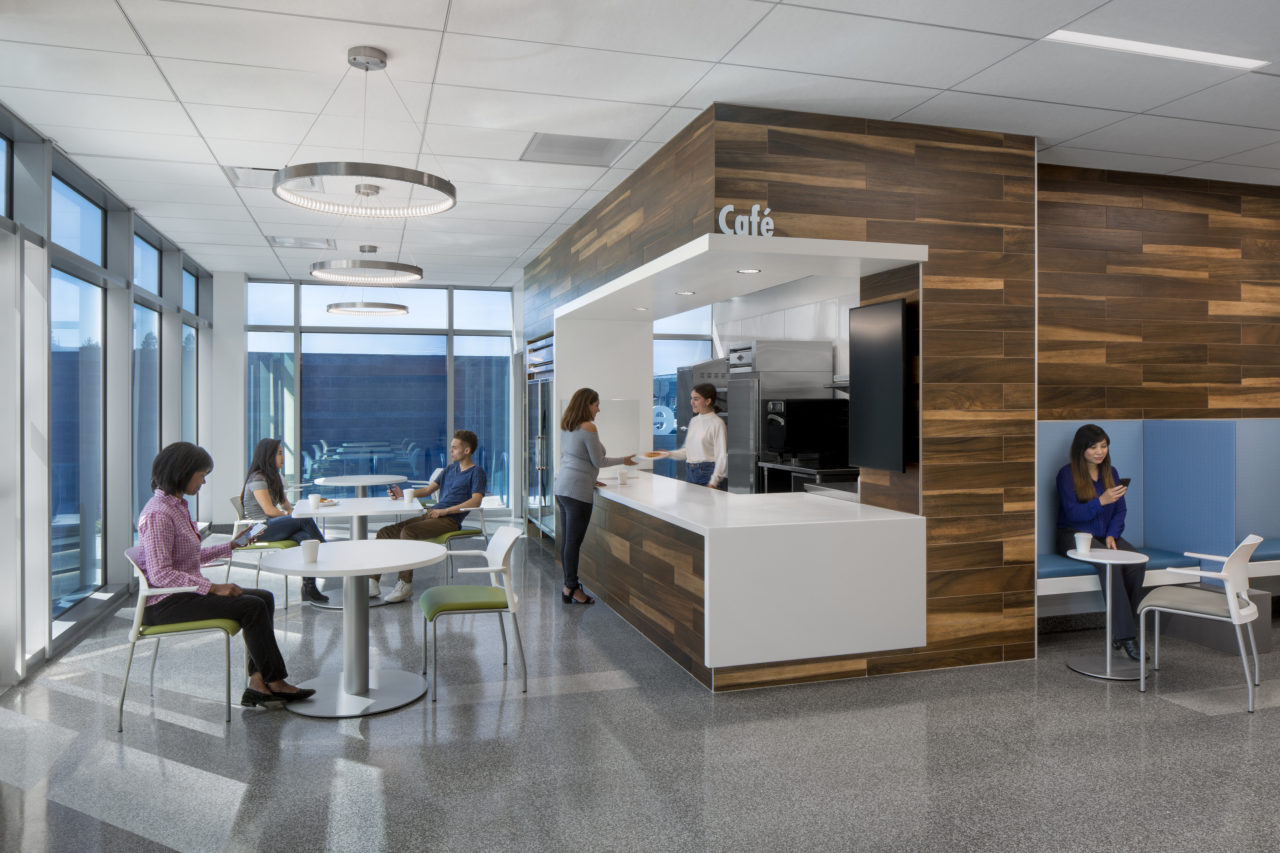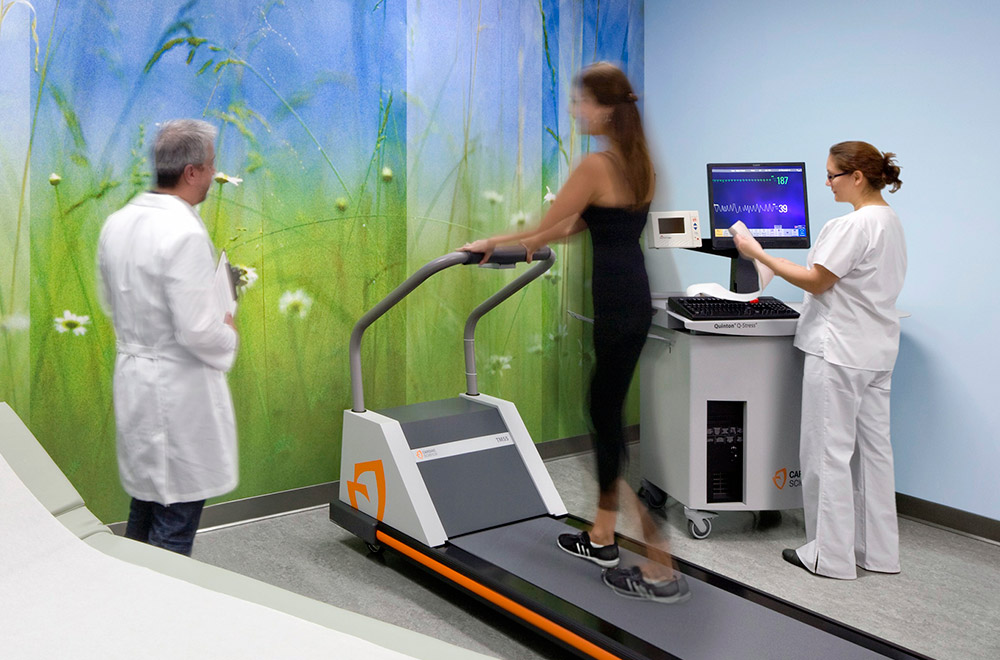People are becoming more and more selective when choosing medical facilities—and for good reason: a pleasant experience at a doctor’s office and during long- and short-term hospital stays reduces patient stress and offers general health benefits that help to tie the body, mind, and spirit together to improve overall wellness.
Patients today don’t just weigh the experience of doctors when making an informed decision about their healthcare; they also look at the amenities offered by medical offices and hospitals.
As a result, the hospitality experience is an increasing consideration of healthcare administrators when renovating or designing medical facilities. While many are partnering with architects to embrace healthcare interior design trends and make significant but fairly simple changes to improve the patient experience, others are taking it a step further by offering concierge healthcare services as an option.
The Two Types of Concierge Healthcare
There are two main types of concierge healthcare: complimentary offerings and services offered for a fee. Complimentary concierge services are those incorporated into medical facilities and offered to everyone with the intent of creating easy-to-navigate, stress-free healing spaces. For example, check-in kiosks eliminate lines and a healing garden can bring a touch of nature to a facility. Both help to take the headache out of a visit to the doctor and create an elevated overall level of satisfaction.
Paid concierge services appeal to patients that have busy schedules or conditions that require them to spend a lot of time getting medical attention. Some of the services offered at this level are practical, such as receiving house calls or expedited appointments, as well as gaining after-hours access to physicians. Other, more luxurious services are spa-like and can include access to therapeutic massage and hair salons.
The extra revenue derived from paid concierge services potentially allows facilities to offer even more support services for low-income patients, creating a balance that is needed for a thriving health organization.
Concierge Healthcare Design to Improve the Patient Experience
As medical office building and hospital administrators embrace concierge healthcare to provide patients with an improved, less clinical experience, facility design changes are needed. These changes include the following:
- Uncomplicated, Fast Digital Check-In. The days of waiting in line to check into a doctor’s office for an appointment are nearly gone. Many facilities now encourage patients to check in on their phones or at self-service digital kiosks located in the lobby. When it’s time for the appointment, the patient is escorted to an examination room. These services exist at both the Kaiser Permanente Skyport Medical Office Building in San Jose, California, and the Kaiser Permanente La Habra Medical Office Building in La Habra, California. At the La Habra facility, HMC Architects also designed the outdoor “Thrive Path,” which offers opportunities that promote good health and education while a patient waits to be seen by a doctor. The path includes a play area for children and fitness equipment for adults.
- Biophilic Interior Design. Bringing the outside in is an easy way to make a space feel more appealing and promote calmness. By incorporating dynamic and diffused light along with auditory and olfactory stimuli, the patterns of nature can encompass space. Windows that provide views of outdoor gardens offer calming effects, but sometimes a space doesn’t allow for many of them. When we remodeled the Kaiser Permanente Fontana Medical Center Neurosurgery/Anesthesia Clinic, we were tasked with transforming the nearly windowless basement clinic into a warmer, more welcoming space. We implemented LED lighting solutions along with nature-inspired resin panels that offer an aura of nature. Soft lighting changes periodically to create the illusion of shifting daylight, and the result is a comfortable space for both patients and medical professionals.
- Improved, Holistic Experience. Treating the whole person—mind, body, and soul—is a key element of concierge healthcare. Nobody enjoys having to go to a hospital, so smart architects look at spaces people do like to be in. The Los Angeles Center for Women’s Health is an example of a space that we designed to create a very specific, spa-like experience within the facility. By implementing soothing, neutral paint colors, comfortable furniture, and calming lighting, we designed a place that people recognize as relaxing and pampering. The result is a space that reduces patient stress and fosters wellness. Yoga and massage rooms, as well as a hair salon, further contribute to the spa-like ambiance. At the Clovis Medical Centers’ Skilled Nursing Facility in Clovis, California, we incorporated a front desk that is akin to a concierge desk at a hotel, as well as a hair salon, game and TV room, and cafe. These are all highly valued touches for long-term patients, who are unable to leave the facility.
Adopting Concierge Healthcare
The medical community has realized that the design of healthcare facilities can contribute to improved patient health and overall well-being. Whether a concierge experience is incorporated in a medical office building or hospital as a beneficial courtesy or as a paid premium feature, it’s changing the way patients and caregivers view healthcare and the way architects approach healthcare design.
HMC has been designing healthcare facilities since 1940 and we are passionate about being part of the evolution of healthcare design. To learn more about concierge healthcare, contact HMC Architects today.





